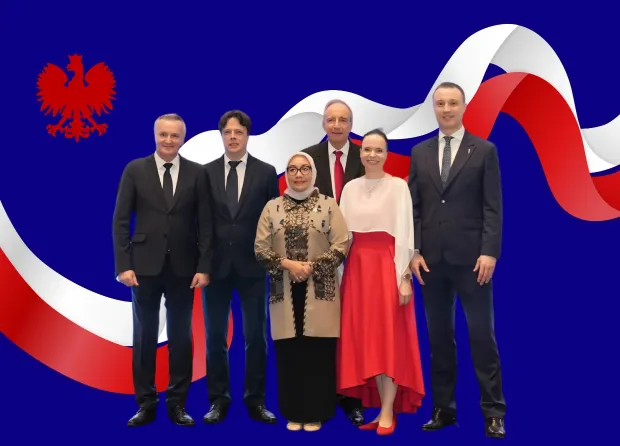A BRIEF HISTORY OF OPENAI'S CHATGPT
ChatGPT is a large language model developed by OpenAI, based on the GPT-3.5 architecture. It is a state-of-the-art natural language processing (NLP) model that can generate human-like text in response to a given prompt. ChatGPT has gained popularity for its ability to understand and respond to natural language, making it useful in various applications such as chatbots, virtual assistants, and language translation.

ChatGPT is a large language model developed by OpenAI, based on the GPT-3.5 architecture. It is a state-of-the-art natural language processing (NLP) model that can generate human-like text in response to a given prompt. ChatGPT has gained popularity for its ability to understand and respond to natural language, making it useful in various applications such as chatbots, virtual assistants, and language translation.
The history of ChatGPT can be traced back to 2018 when OpenAI released the first version of GPT-1, which was a language model capable of generating coherent text given a prompt. GPT-1 was trained on a large corpus of text, using a technique called unsupervised learning. It was able to generate high-quality text, but its performance was limited by the size of its training data.
In 2019, OpenAI released an improved version of the model, GPT-2, which was trained on a much larger corpus of text and had a significantly larger number of parameters. GPT-2 was able to generate even higher quality text than its predecessor, and it gained widespread attention for its ability to generate coherent and sometimes eerily human-like responses.
However, due to concerns about the potential misuse of such a powerful language model, OpenAI initially limited access to GPT-2 and only released a smaller version of the model to the public. It wasn't until 2020 that OpenAI released the full version of GPT-2, which contained over 1.5 billion parameters and was capable of generating text that was virtually indistinguishable from text written by humans.
Following the release of GPT-2, OpenAI continued to improve upon the model, leading to the development of GPT-3 in 2020. GPT-3 was trained on an even larger corpus of text, containing over 45 terabytes of data, and contained a staggering 175 billion parameters. GPT-3 was able to generate text that was not only coherent and human-like but also demonstrated a level of creativity and problem-solving ability that was previously thought to be impossible for a machine.
In June 2020, OpenAI released an API for GPT-3, allowing developers to integrate the model into their own applications. This made it possible for anyone to create chatbots, virtual assistants, and other NLP-based applications without having to train their own language model. However, the API access was limited and was only available to select partners, limiting its accessibility to the wider public. It wasn't until 2021 that OpenAI released a new version of the model, GPT-3.5, which was designed to be more accessible and scalable than its predecessors.
GPT-3.5, which is the basis of ChatGPT, was designed to be more efficient and cost-effective than GPT-3, while maintaining the same level of quality and performance. It achieves this through a combination of model pruning, quantization, and other optimization techniques, which allow it to be run on less powerful hardware while maintaining a similar level of performance.
Today, ChatGPT is used in a variety of applications, from chatbots to virtual assistants to language translation. Its ability to understand and generate natural language has made it a valuable tool for businesses and developers looking to create new and innovative applications.
#THE S MEDIA #Media Milenial #AI #TECH #Chat GPT #Artificial Intelligence #OpenAI


























